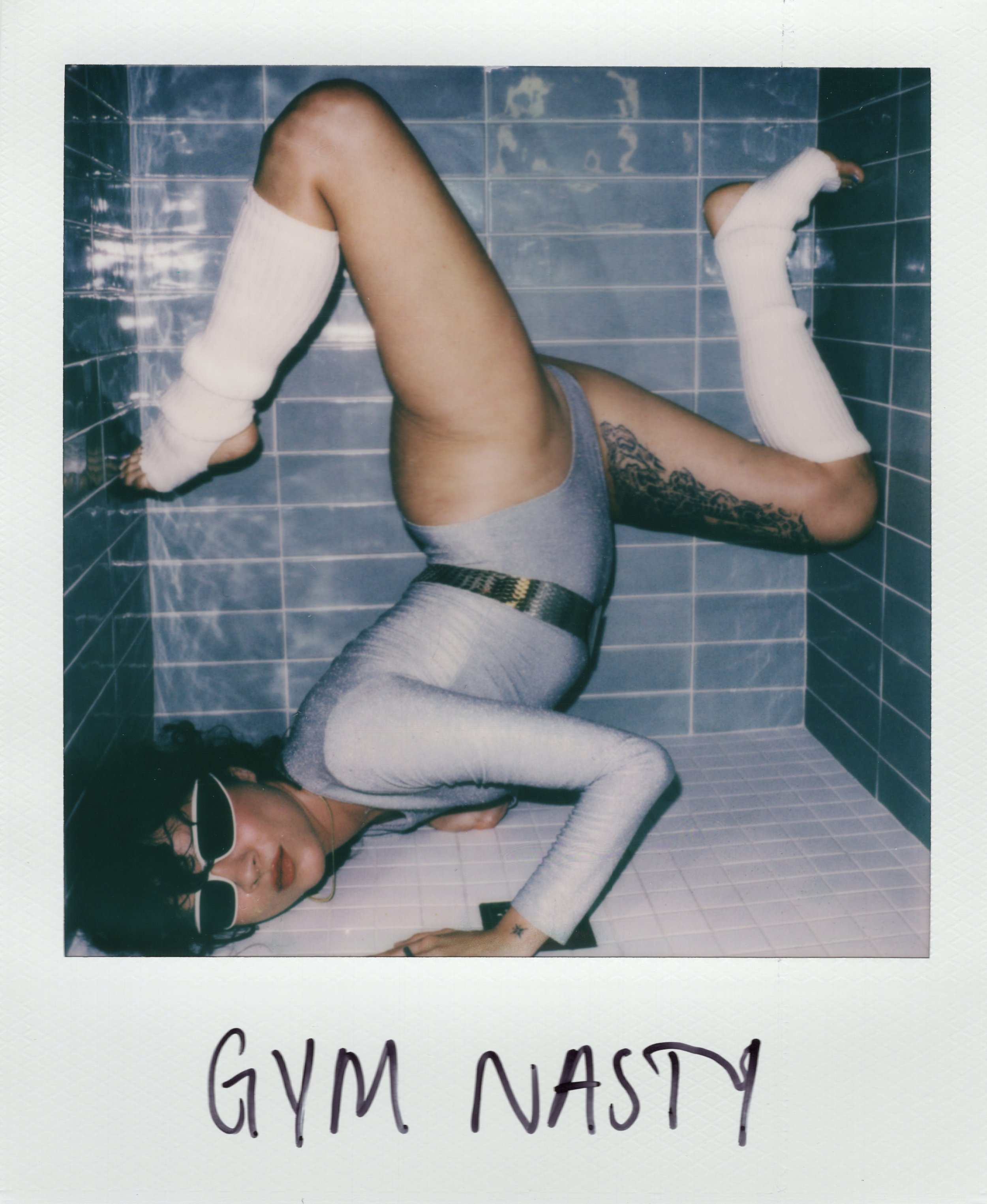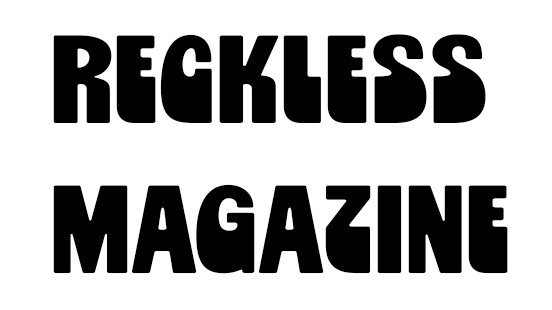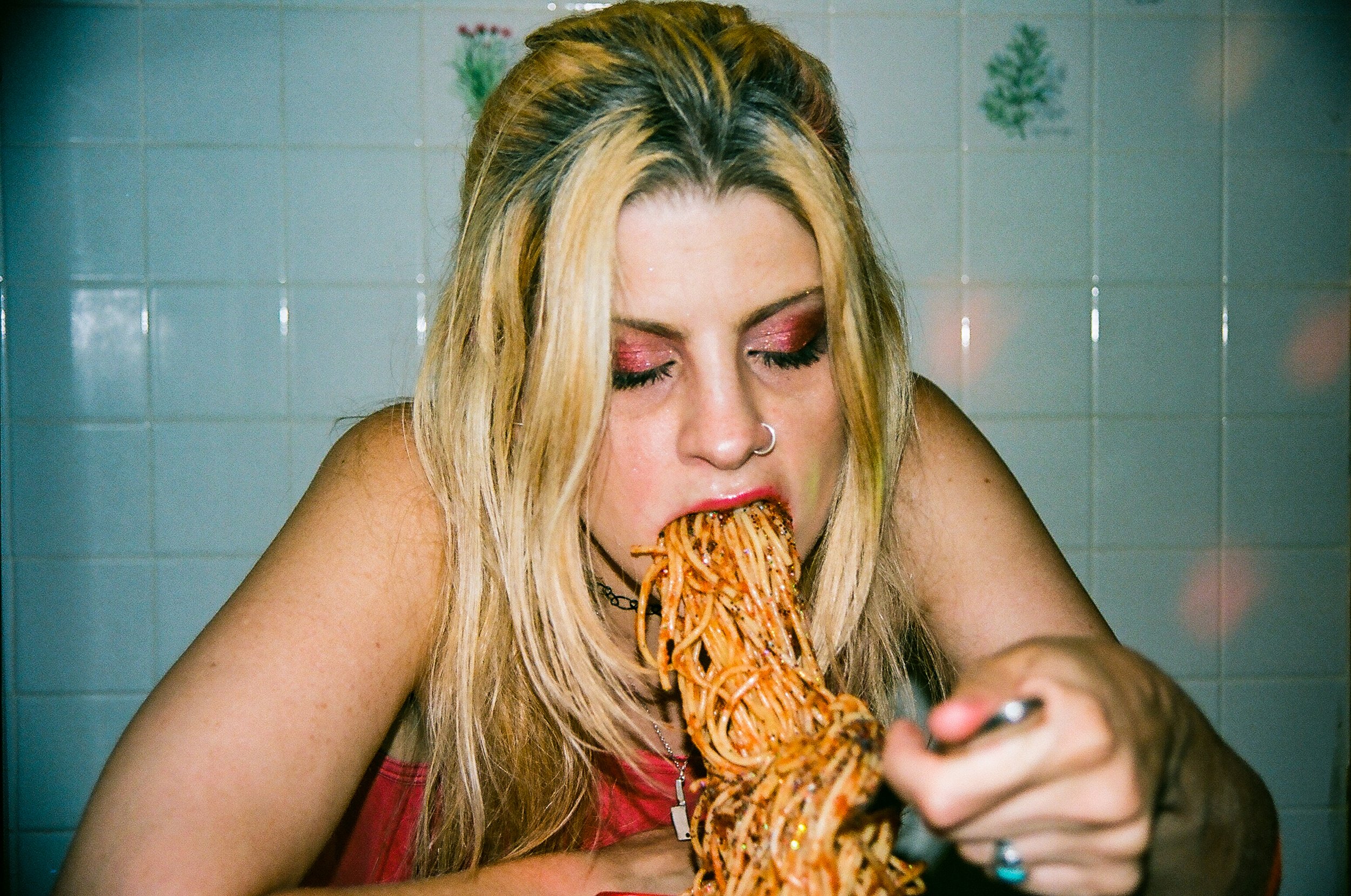Weirdo Music Forever

Spirit of the Individual
Photography By Bobby Weirdo
Los Angeles photographer Bobby Weirdo shares their portrait series, Weirdo Music Forever Polaroids. Bobby discusses how the series began, an insider’s perspective of photographing musicians, and letting the artists express who they are.
Los Angeles, USA
Chrome
How did you begin your journey as a photographer?
I've taken photos as long as I can remember, starting with "borrowing" my mom's family camera and just snapping photos of camping trips, friends, my older sister doing something funny -- whatever moment I could capture, I would. I got really into riding my bicycle around my home town in high school as well, and I would take 35mm shots of various destinations and points-of-interest, always placing my handlebars in the frame so that I knew it was somewhere I had biked.
What have you learned along the way?
I don't believe anyone is ever purely self-taught, because we learn from others in all kinds of ways, both directly and indirectly. That said, I've not had any formal photographic training, so I'm constantly learning about lighting, poses, and how to best prepare for a shoot. I think I've also become more focused on visualizing the shot I want and going for it, rather than just snapping away in hopes of getting something good. I think the significant cost of Polaroid film has helped with that a lot.
How did you get into shooting with Polaroids?
I initially got into Polaroids as just another part of the toolkit of my music blog, Weirdo Music Forever. I thought that Polaroids --added to digital photography and my 35mm shots -- would be a fun addition to the forms of documenting the artists with whom I come in contact. Not long after I started shooting Polaroids, though, the Pandemic entered all our lives. As soon as I was able to carefully interact with people (while still practicing social distancing) I found that Polaroids were a fun, low-stress way to facilitate that. The shoots worked well outside and were comparatively quick. Also, I only post and share Polaroids that have been written upon by the artists, which furthers the playful and collaborative aspect of them. If found that aspect to be especially fun to explore when human interaction was limited during the earlier days of the Pandemic.
You have a Polaroid Portrait Series, "Weird Music Forever Polaroids", that features music artists from Los Angeles and beyond. What is the story behind these portraits?
The Weirdo Music Forever Polaroid series began, as I mentioned earlier, just as another part of the overall music blog, Weirdo Music Forever. Weirdo Music Forever has a lot of proverbial tentacles, including extensive interviews, a record label, digital photography, a clothing collaboration with Skim Milk, 35mm photography, music and video premieres, and more. I never thought that the Polaroids would become as popular a part of WMF as they have, but in many ways they've become one of the signature expressions of the project.
What does a typical WMF portrait session look like?
WMF is dynamic and always changing, so nothing is ever set in stone as far as the process. That said, I love doing portrait sessions at my home office. I've always been greatly inspired by the Swedish painter Carl Larsson, who created his most famous work at home, repeatedly depicting his family life in the spaces they inhabited. In many ways, the artists I'm privileged to document via WMF are like a family to me, and I love creating a visual through-line by taking photos of those different people in the same spaces. Sometimes, however, that may not be possible or preferable, and I often take Polaroids at events, on music video sets, or a location of the artist's choosing.
These days, I find I work with many artists who are accustomed to doing everything themselves, wardrobe and styling included. That fits the DIY esthetic of WMF perfectly, of course. Occasionally, an artist will bring a friend or stylist. For my part, I've never styled or suggested anything in the way of wardrobe, style, or makeup since my interest lies not in imposing my vision upon the artist, but rather sharing the spirit of each individual artist with the audience. I always want the artist to present themselves in a way that feels natural, honest, and comfortable. I'm less interested in on-stage photography or shoots that are styled in a manner perhaps inconsistent with the artist's overall vibe and work.
Desire
Why do you typically shoot musicians? Why do they inspire you?
I typically shoot musicians because that's the world with which I am closest aligned. I myself am a musician, and the origin -- and continued identity -- of WMF is the perspective of an insider. The first WMF photos were at shows where I too was on the bill, often in green rooms and capturing candid backstage moments. There's an infinite number of stories in the multiverse as human history unfolds, and since this is the one in which I find myself, it's a natural fit for me to document.
Musicians inspire me because I love music so much, and also because it's a collaborative, in-the-moment art form. I think the lives lived are the most important artwork, and everything else -- the music, the videos, the photos, the interviews -- are reflections of those lives-as-art.
What were some memorable shoots/subjects?
There are too many to name, of course. I am humbled by every artist who allows me to document them. That notwithstanding, I've been bowled over by the creativity and generosity of artists like Celeste X, Johnny Jewel, Megan Louise, N8NOFACE, Reckling, Tim Burgess, Mimi Doe, Nastya Valentine, Tchotchke, Vern Molidor, Julia Villalobos, Zumi Rosow, and Cole Alexander to name some just off the top of my head. That really is just scratching the surface, and there are so many artists who continue to be inspiring and generous in our collaborations. I'll always remember shooting artists like Beck and John C. Reilly, of course.
Why is this portrait series important for you to do?
For me, it's important to celebrate and share an evolving story of creative people that is untethered from the ever-narrowing parameters set by the big, powerful media companies. I call what I do "cultural activism" since it's a way to positively push back against the commercialization of art. I genuinely hope that artists receive the compensation they deserve for their work, but as an artist myself, I also know that the process of the work is the most valuable element of it, even if the world doesn't necessarily reward it the way we would like.
I think today's media landscape is increasingly averse to risk-taking, supporting emerging artists, and the embracing the mystery of art and life. I don't think art should have to be quantifiable, explainable, or fit into a box, but financial priorities often demand those things, and creativity suffers as a result. Big publications and brands are constantly poaching the underground (WMF included), and I think it's crucial to be on the proverbial ground-floor, establishing what is really happening and recognizing the talent, hard work, and sacrifice that goes into making art.
What's next for the series ?
I plan on continuing what I've been doing, and also traveling a bit more. Documenting artists in Mexico, Canada, Sweden, England, and Malta are all on the immediate agenda, with additional locations after that hopefully. Also, I'm planning on publishing books of select WMF Polaroids, which is another important step in presenting this ongoing important story without the constraints of social media.
To See More of the Series, Follow @weirdo_music_forver
Beck
Alex Cameron
Mother King
Celeste
Crush
Andy Bell
Dark Sister
John C. Reilly
Julia Villalobos / Acid Gymnastics
Kat Moss
Kristin Gallegos
Eddie Chacon
The Lemon Twigs
Shana Sarett
Tchotchke
Tim Burgess
Tolliver
Veronica Molidor







